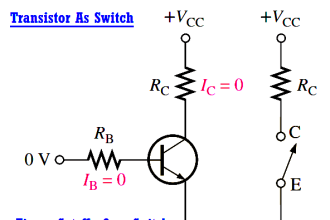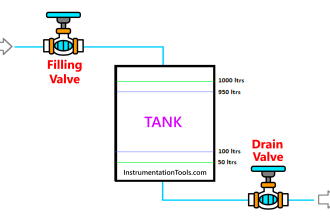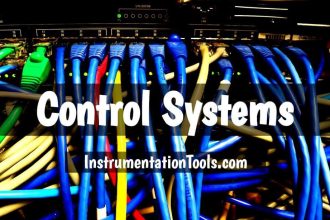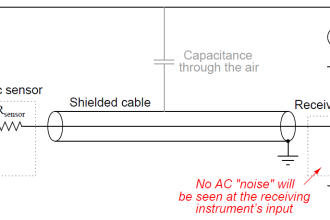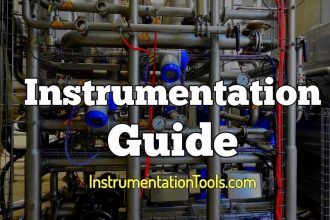Over head transmission lines are classified based on the manner in which the capacitance is considered:
Short Transmission Lines:
Transmission lines whose length less than 80kms and operating voltage less than 20kV comes under short transmission line. Due to the smaller distance and lower voltage levels capacitance (shunt) effect is extremely low and hence capacitance effect is neglected. The performance of the short transmission lines depend on the resistance and inductance value of the line.
Thought the resistance and inductance are distributed over the length of the line it is assumed that resistance and inductance values are taken as lumped at one place. The effect of transformers and generators are taken in to account by considering equivalent impedance to the impedance of the line
Medium Transmission Line:
Transmission lines having length between 80kms and 200kms and line voltages between 20kV and 100kV falls in the second category. As the length of the line and voltage levels are moderate or not as low as small transmission lines, charging currents (transmission lines draw charging currents when the transmission line conductor and ground forms a capacitor with air in between as dielectric medium due to increase in the potential between the conductor and ground) comes in to picture in the case of medium transmission lines. Hence capacitance value is considered in the case of medium transmission line. Though the capacitance is distributed through out the length of the line, capacitance value is assumed to be concentrated at one or more points
Long Transmission Line:
Transmission Lines having length above 200kms and line voltage above 100kV comes under Long Transmission Lines. In Long lines impedance (Resistance and inductance in series) and admittance (shunt capacitance and shunt conductance in parallel) values are distributed uniformly throughout the length of the line


